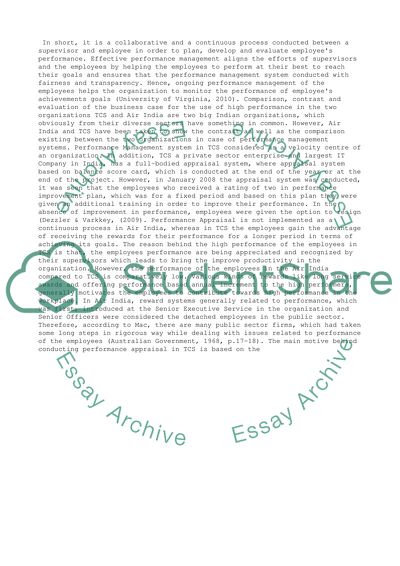Cite this document
(“Comparison, contrast and evaluation of the business case for the use Essay”, n.d.)
Retrieved from https://studentshare.org/business/1398307-improving-organisational-performance
Retrieved from https://studentshare.org/business/1398307-improving-organisational-performance
(Comparison, Contrast and Evaluation of the Business Case for the Use Essay)
https://studentshare.org/business/1398307-improving-organisational-performance.
https://studentshare.org/business/1398307-improving-organisational-performance.
“Comparison, Contrast and Evaluation of the Business Case for the Use Essay”, n.d. https://studentshare.org/business/1398307-improving-organisational-performance.


